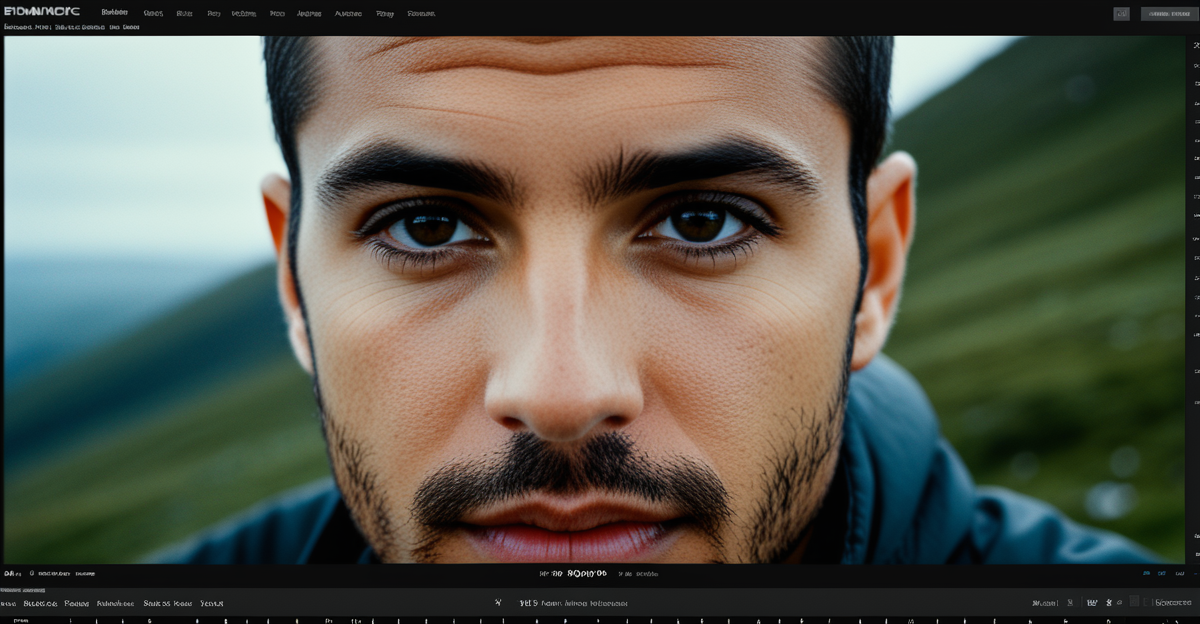Creating an effective video starts long before the camera rolls. A powerful storyboard organizes your vision, streamlines collaboration, and speeds approvals. Discover how the right tool transforms tedious planning into an intuitive, creative process—saving time while producing professional results. Learn to craft clear, dynamic storyboards that align teams, manage versions, and simplify production handoffs with ease.
Understanding Video Storyboards and Core Creation Steps
Vous pourrez voir sur cette page : https://playplay.com/product/video-storyboard comment une approche structurée facilite chaque video project planning étape, même pour les débutants. A video storyboard is a sequence of images—drawings, photographs, or digital renderings—that visually maps out scenes, narrative beats, and significant actions before a single frame is shot. Its main role is to establish a common reference point, ensuring everyone involved shares the creative vision and understands the narrative structure in visuals.
In the same genre : Explore top video storyboard tools for unmatched editing
Storyboards are critical for translating an idea into actionable steps. They bring several tangible benefits: aligning teams, pinpointing potential challenges, improving communication between stakeholders, and saving time by reducing missteps later in production. Sketching scenes or assembling visual mockups allows you to troubleshoot narrative gaps and optimize the scene breakdown process, shot list creation, and camera angle planning upfront.
The core creation steps start with idea development—whether brainstorming alone or with a team. From there, selecting the right storyboard template for beginners is vital. Many downloadable storyboard templates, including those designed for animation, social media, and marketing, can jumpstart this process. Text annotations and visual scriptwriting add clarity, detailing actions, dialogue, and intended movements.
Have you seen this : What Are the Latest Marketing Trends Transforming UK Businesses?
Next, either hand-drawn sketches or digital tools can be used, depending on preference and project needs. If you lack drawing skills, no problem—photos, AI-generated art, and template-based panels work just as effectively for clear storyboarding techniques. Iterative feedback and collaborative editing help refine each storyboard, making the visual storytelling methods robust and adaptable before heading into production.
Step-by-Step Guide to Crafting Your Video Storyboard
Breaking down the narrative: turning scripts into clear visuals and structured panels
Begin by translating your script into visuals through an effective scene breakdown process. This script-to-visual translation ensures every beat is reflected in your panels. Use visual scriptwriting to identify key moments, then list these as part of your shot list creation. Each scene should have a defined start and end, making the narrative structure in visuals crystal clear.
During the scene breakdown process, segment the script into manageable chunks. For each section, determine the most informative frame composition tips and camera angle planning. Group actions, dialogue, and transitions to support consistent timing and pacing in planning.
How to sketch scenes: digital and manual methods, sourcing images, and tools available
Drawing storyboard frames can begin with thumbnail sketches—either by hand or digitally. Tools for digital storyboarding—such as free storyboard creator apps or the best storyboard software—offer layers, grids, and customizable storyboard formats. Photos, AI-generated visuals, and image libraries can streamline drawing storyboard frames if manual sketching isn’t feasible.
Utilize storyboard templates download options to maintain panel consistency throughout your video project planning. Printable storyboard layouts allow for easy review and revision during the animatics creation process.
Annotating storyboards: integrating action, dialogue, camera angles, and timing for clarity
Incorporate detailed storyboard annotations to capture critical information like shot duration estimation, dialogue and action visualization, and voice-over timing with visuals. Noting camera angle planning and frame composition tips adds transparency, making your storyboards functional for collaborative storyboarding online.
As revisions arise, maintain storyboard version control—essential for feedback and efficient pre-production workflow. This guarantees your visual storytelling methods and scene breakdown process adapt smoothly to evolving ideas.
Leveraging Digital Tools and Collaborative Platforms
Digital storyboarding tools have redefined the landscape of video project planning. They maximize efficiency by streamlining the script-to-visual translation process, supporting rapid scene breakdown and shot list creation for projects of any scale. Using the best storyboard software means teams can edit storyboards digitally, ensuring everyone remains aligned during the pre-production workflow.
Usability, Collaboration, and Export Functions
Top-tier platforms such as Boords, Canva, and PlayPlay distinguish themselves through intuitive drag-and-drop interfaces and template libraries. Each platform simplifies the drawing storyboard frames and scene description techniques, even for users with minimal design skills. Cloud-based storyboard sharing allows real-time collaboration on storyboards, integrating frame composition tips and timing and pacing in planning for fluid teamwork. Exporting in diverse formats—PDF, MP4, or URLs—enables seamless transitions to production or client presentations.
Workflow-Boosting Features
Key features like AI-powered image generation, version control, and customizable storyboard formats accelerate workflows. Digital storyboarding tools keep a flexible storyboard version control history, letting users revisit earlier drafts or reorganize panels as the narrative structure in visuals evolves.
Online Collaboration Best Practices
Collaboration on storyboards thrives on clear privacy controls, selective sharing, and open feedback processes. Adopting cloud-based storyboard sharing lets teams iterate quickly—speeding up approvals and supporting planning commercial video sequences or music video planning templates with synchronous communication and immediate updates.
Tips, Templates, and Advanced Methods for Effective Storyboarding
Refining storyboards: gathering feedback and revising drafts
The storyboard feedback process begins with sharing an initial draft, inviting stakeholders to provide detailed input. Use storyboard annotations to add specific notes on actions, dialogue, or camera angles in each panel, making feedback easy to interpret. Reviewers can mark areas that need clarification or improvement, facilitating an efficient collaboration on storyboards. Integrating this feedback ensures you address any script-to-visual translation gaps and enhance the overall visual storytelling methods. Iterative revisions, tracked through version control, help teams align on creative intent and production feasibility.
Enhancing professionalism: using presentation-ready layouts, clear labeling, and organizing assets
A presentation-ready storyboard uses organized, clearly labeled panels showcasing your shot sequencing strategies, camera angle planning, and scene breakdown process. Structure your storyboard template with space for descriptions, dialogue, shot numbers, and frame composition tips. Sorting and naming images methodically enables smooth asset management and cloud-based storyboard sharing. Annotations clarify intent, while visual storytelling methods and precise timing and pacing in planning are maintained throughout.
Accessing and customizing free downloadable storyboard templates for a range of use cases
Free downloadable storyboard templates are tailored for marketing, animation, and tutorials. Customize these animation storyboard templates, printable storyboard layouts, and storyboard template for beginners to suit your video project planning needs. Experiment with different formats — such as short video storyboard examples or music video planning templates — to streamline the scene breakdown process and adapt to any pre-production workflow.



